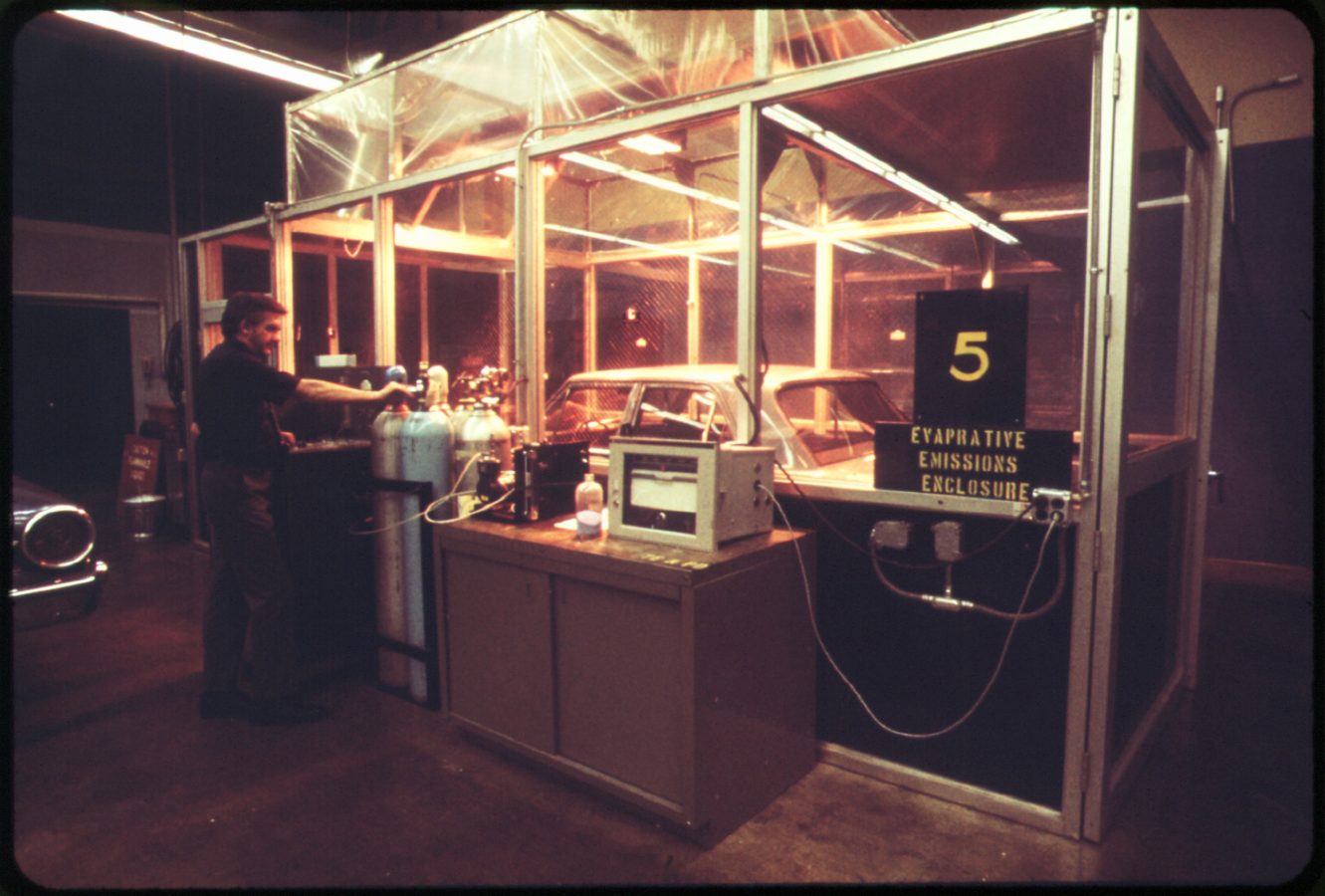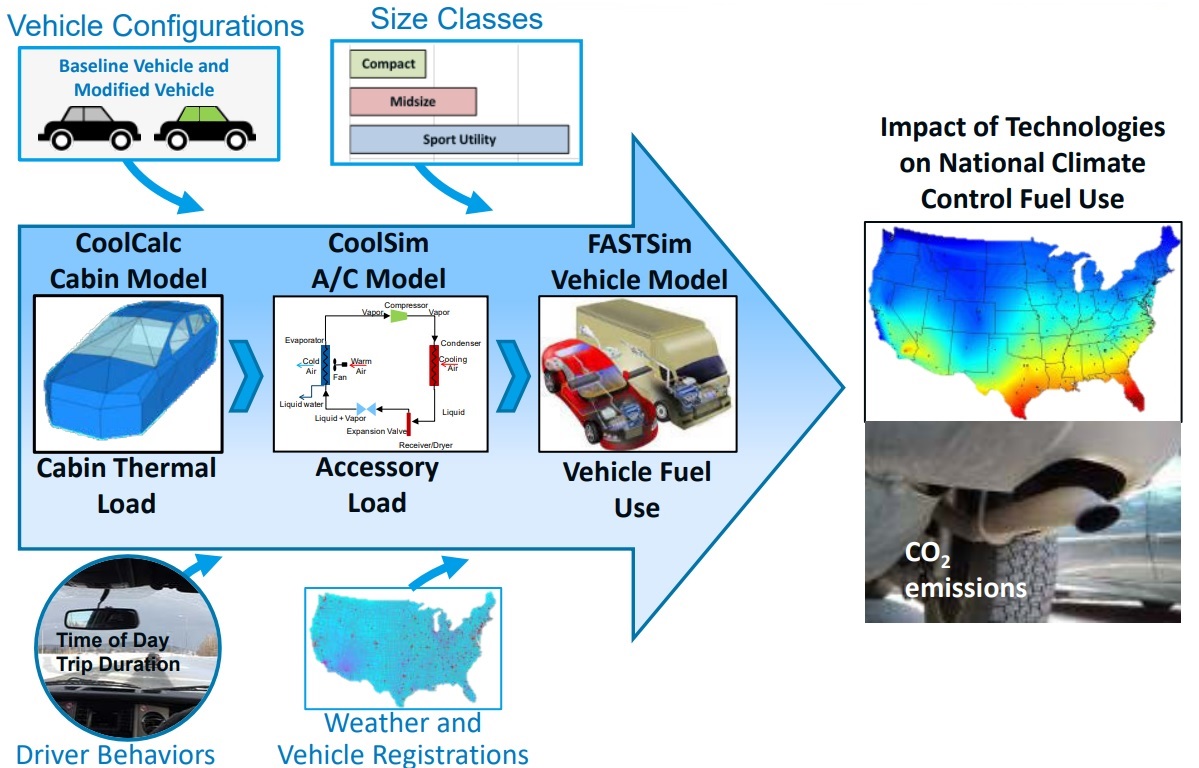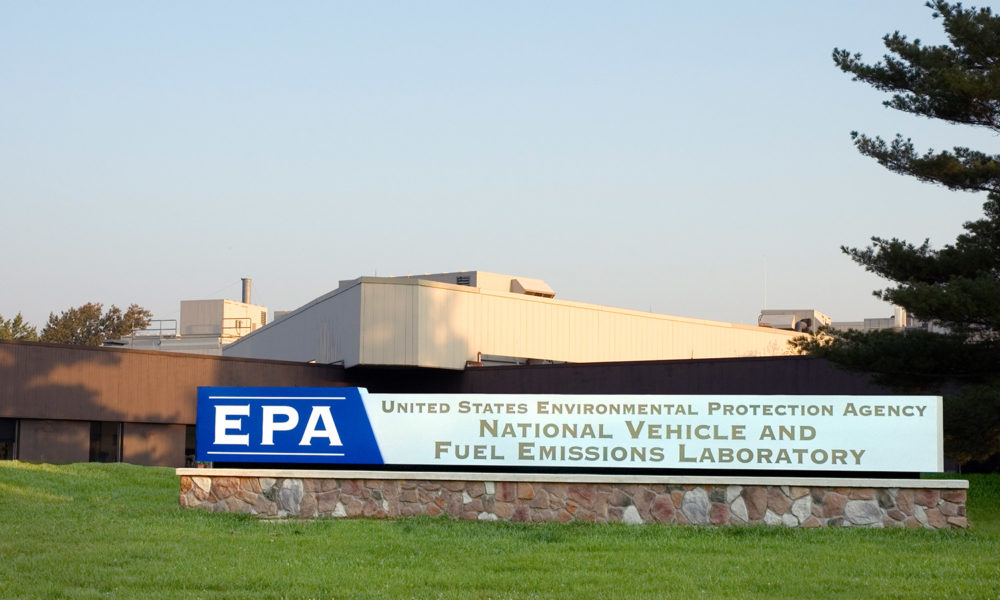The Biden administration is getting ready to propose new fuel economy and emissions rules in the next couple weeks. It’s critical that the administration sets standards which result in real-world emissions reductions. The regulations are only as good as their real-world benefits, no matter what the regulatory targets might be.
How does EPA measure emissions?
Lab test procedures used in assessing compliance with fuel economy and global warming emissions regulations don’t precisely measure the real-world impacts of vehicles on the road. Instead, these tests provide a consistent measuring stick for all vehicles and vehicle types, and any reductions in fuel use and emissions measured in the lab are then expected to lead to reductions in the real world.
For measuring tailpipe emissions of soot and smog-forming nitrogen oxides, EPA has supplemental lab tests and a fairly robust real-world measurement and enforcement system meant to catch those who might try to cheat the system. But for carbon dioxide, catching the cheaters is often more challenging because, as every consumer label notes, your mileage may vary.

Technologies that defy conventional lab tests
Because the lab tests used in vehicle efficiency tests date back to the 1970s, there are many technologies that are in use today that are not accurately captured on these tests, including stop-start systems that shut off your engine when the vehicle is stopped and active aerodynamic systems which reduce aerodynamic drag at highway speeds. In order to incentivize these technologies, EPA created a credit program for these “off-cycle” technologies, so called because they are not represented on the lab tests. However, this credit program is a bit of a Pandora’s box.
Off-cycle technologies generally require new measurement strategies, since the whole point of the credit program is that these benefits are not captured under the standard test procedures. But rather than having nearly 50 years of vehicle testing data like most engine and vehicle improvements, many of these novel technologies are coming to market with only limited evidence of ad-hoc lab tests suggesting emissions reduction potential.
What’s a regulator to do?

EPA created a special off-cycle credit menu based on technologies that were expected to be widely deployed. The regulators assigned credit values based on what little data they had, and capped the total maximum value of credits that an automaker could receive for its fleet, in the hopes that it could limit any potential lost benefits from these unproven technologies.
Has it?
Let the gaming begin
Sadly, while EPA capped the benefits from the menu, they did not consider the technologies already available on vehicles. For example, cars that had had the technologies for years were assumed to have no off-cycle technologies deployed when regulators were setting the rules, which allowed the status quo to accrue a tremendous volume of credits for doing absolutely nothing. And, while these menu credits were only initially supposed to be available in 2014, EPA began granting them retroactively (!!!)as early as the 2009 model year.
Of the manufacturers who submitted applications for these early off-cycle credits, the average 2011 car accrued 0.9 g/mi, and the average truck 1.9 g/mi. Without doing anything new or novel, suddenly manufacturers were able to “achieve” between 9 and 19 percent of the total available credits! Unfortunately, by not accounting for this baseline level of improvement, EPA gave away a tremendous amount of benefits of the rule by crediting manufacturers for gains that would have happened anyway.
Not accounting for this status quo deployment led an erosion of at least 2 percent of all required improvements to date, a cost of nearly 21 million tons of global warming emissions over the lifetime of vehicles sold from 2012-2019 (and still increasing…).
Real world data is uncertain, at best
In addition to this, manufacturers have been submitting “data” for even more off-cycle credits than the menu provides. In theory, this could be better because it should require more evidence than what EPA initially based the menu values upon. In practice, however, it indicates a broken process.

For example, General Motors pointed to a study from the National Renewable Energy Laboratory claiming that active ventilated seats, which can help reduce air-conditioning load and therefore associated A/C energy use, lead to about 50 percent more emissions reductions than EPA credited. However, those same researchers using a comparable methodology also found that cabin ventilation (meant to reduce cabin temperatures while parked and therefore A/C load) had virtually no benefit whatsoever. In fact, the amount of undercrediting claimed by GM in its application was less than the overcrediting that the NREL data pointed to, which means that they should be penalized, not rewarded.
GM’s own arguments indicate that its technologies on net are worse than it receives credit for, but EPA continues to hand out more credits at every turn, including vehicles that had already been on the road for seven years by the time credits were handed out to GM. This is a major problem.
It could get even worse
Unfortunately, rather than attempting to rein in the off-cycle program under the limited evidence of its effectiveness, the California Air Resources Board increased the cap of these dubious credits from 10 g/mi to 15 g/mi in its voluntary agreements, and it’s plausible that EPA may be considering this as well as it prepares to set a new standard.
According to our analysis of the California agreements, this extra 5 g/mi in uncertain off-cycle credits could jeopardize more than 13 percent of the total benefits of the rule.
Manufacturers have been pushing for EPA to raise the off-cycle credit cap because it offers them a cheaper path to compliance—they don’t actually care about whether or not there are emissions reductions, too. It’s up to EPA to clamp down on credits for emissions reductions that don’t pan out in the real world.
Improving the off-cycle credit program
The off-cycle credit program has been established for over a decade. The fact that there is so little evidence of the effectiveness of these technologies is a tremendous problem.
To address this, EPA should re-evaluate the technologies in its off-cycle menu, given the opportunity to have actual real-world data on the effectiveness of these technologies. While this does not preclude adding new technologies to the pre-approved list, provided there are clear and established test procedures and rigorous datasets rooted in direct A/B comparisons, no technology should be given credits in the absence of such data.
If EPA seeks to move forward with an off-cycle credit program based on limited data, any such credit program must be able to yield negative as well as positive credits, under further evidence. Currently, there is no penalty whatsoever for manufacturers whose technology doesn’t result in emissions reductions, which creates an incentive for manufacturers to just check a box and not care about whether or not it does any good. EPA must strengthen its enforcement of these technologies and take away unwarranted credits for technology advancements that do not pan out, in order to preserve the benefits of its rules.
It is time for EPA to stop awarding compliance credits for technologies that don’t yield real-world improvements. We need guaranteed emissions reductions ASAP to address climate change, not automaker promises about unproven technologies. The climate crisis is far too urgent to risk any further delays.

